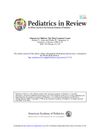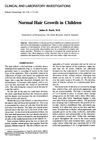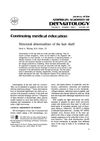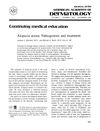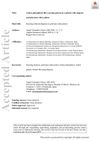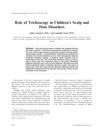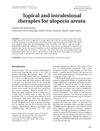Disorders of the Hair and Scalp in Children
August 1991
in “
Pediatric Clinics of North America
”
tinea capitis trichotillomania traction alopecia alopecia areata telogen effluvium seborrheic dermatitis atopic dermatitis psoriasis tinea amiantacea histiocytosis pediculosis capitis hair shaft disorders ectodermal dysplasias corticosteroids oral antifungals medicated shampoo ringworm of the scalp hair-pulling disorder hair loss from pulling patchy hair loss temporary hair shedding dandruff eczema head lice steroids antifungal pills antifungal shampoo
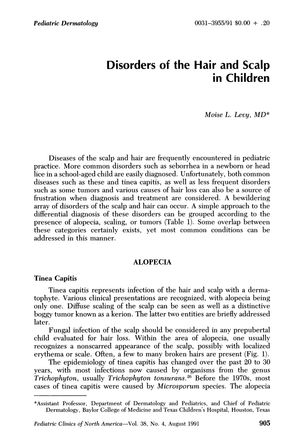
TLDR The document concludes that various hair and scalp disorders in children have specific treatments and proper diagnosis is essential.
In the 1991 document, various pediatric hair and scalp disorders were discussed, including tinea capitis, trichotillomania, traction alopecia, alopecia areata, telogen effluvium, and other less common conditions. Tinea capitis, a fungal infection, was a prevalent cause of hair loss in children, diagnosed through clinical examination and laboratory tests, and treated with oral antifungals and medicated shampoo. Trichotillomania required counseling and sometimes medication, while traction alopecia called for changes in hair care practices. Alopecia areata was treated with corticosteroids, and telogen effluvium typically resolved on its own. Other conditions like seborrheic dermatitis and atopic dermatitis were mentioned as causes of scalp scaling but not hair loss. Additionally, the document covered psoriasis, tinea amiantacea, histiocytosis, tumors, cysts, melanocytic nevi, pediculosis capitis, hair shaft disorders, and ectodermal dysplasias, providing insights into their presentation and management. Differential diagnosis was emphasized as crucial in evaluating pediatric scalp and hair disorders.
